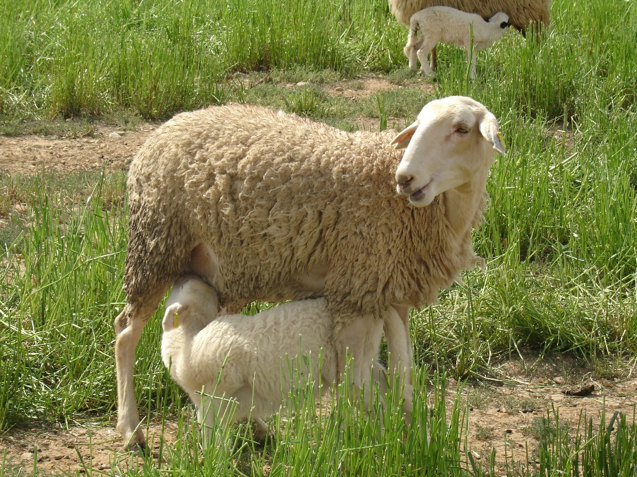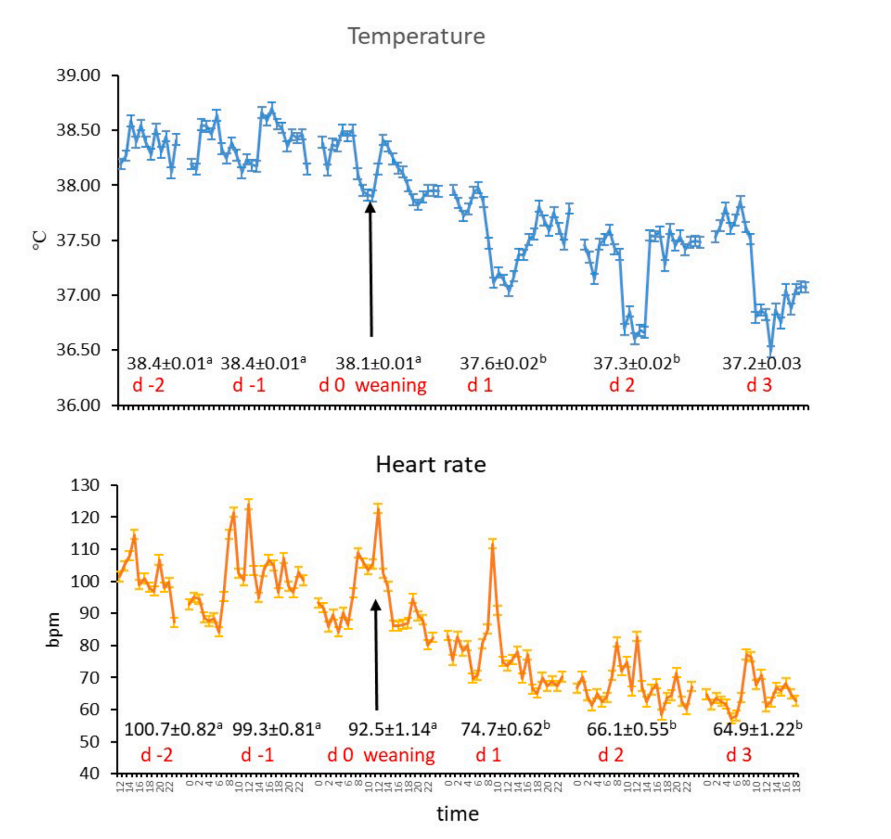News

Heart Rate and Heart Rate Variability in Ewes An Indication of Good Farming Practices During Weaning
Weaning triggers strong reactions in both ewes and lambs, raising important welfare concerns. However, data on the physiological responses of ewes remain limited and often inconsistent. A newly published study aimed to quantify the physiological changes in ewes following weaning. Research into these changes could identify welfare-friendly farming strategies that reduce stress associated with weaning.
Heart rate variability calculated from raw ECG data
Scientists from University of Zaragoza, Spain, and University of Turin, Italy, implanted 11 lactating ewes (Rasa Aragonesa) with Star-Oddi’s DST micro-HRT, measuring every 15 minutes from 2 days before weaning until 3 days after. Heart rate variability (HRV) was estimated from raw ECG data collected every 5 minutes between 5 pm and 7 pm. A quality index (QI) of the ECG recordings is calculated in the logger and recordings with QI 0 and 1 (excellent and good) were used in the HRV estimation. Star-Oddi’s free HRT Analyzer software was used to calculate HRV.
Is increased heart rate variability a sign of good farming procedures?
The data collected shows that the ewes experienced dramatic changes in body temperature, heart rate and HRV in the hours right after weaning. Lower body temperature was connected to lactation, the reason being a higher metabolic rate in lactating ewes. HRV was significantly increased after weaning, which could indicate the ewes were relaxing after the acute stress of weaning. Generally, an increase in HRV is a positive welfare indicator that suggests the animal is no longer experiencing chronic stress, indicating good management practices are in place. Below is figure 3. from the article showing the effect of weaning on temperature and heart rate.

Fig. 3 from the article shows the decrease in heart rate and body temperature in the days after weaning
Further results can be found in the article that was published in Smart Agricultural Technology and can be found here.